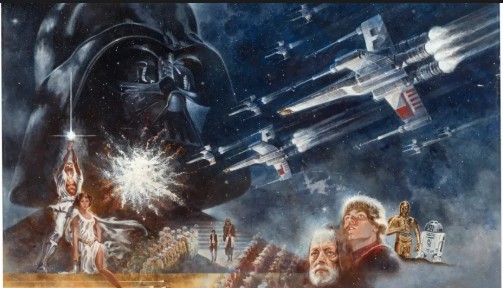Most casual fans wouldn’t expect a leather-wrapped, 5-ounce baseball to command six or even seven figures. But history says otherwise.
In 2022, Aaron Judge’s 62nd home run ball – the one that broke Roger Maris’s long-standing American League record – sold at auction for $1.5 million. In 1999, the ball from Mark McGwire’s 70th home run fetched a staggering $3 million. And Barry Bonds’ record-setting 73rd home run ball? That one sold for $517,500 back in 2003 – though estimates suggest it would bring far more today given the evolution of the sports memorabilia market.
These aren’t just keepsakes. They’re cultural milestones. Artifacts that bridge memory and value, history and hype.
And as collectors know – especially those working with WAX – proper appraisal and verified provenance can mean the difference between a nice conversation piece and a certified asset.
The Catch That Changes Everything
What makes these baseballs so unique – and so precarious – is how they're acquired. They’re not pulled from a pack, or won at auction. They’re caught. In real time. Often by a fan, in a flurry of chaos, adrenaline, and TV cameras.
In the case of the Shohei Ohtani ball our client insured, it wasn’t just any homer. It marked a personal milestone for one of the most talked-about players in the world – a likely future Hall of Famer with global resonance. That kind of significance instantly elevates a ball from collectible to historic.
But here’s the challenge: most collectors – or lucky fans – don’t immediately realize the value of what they have. And even when they do, they may not know the next step.
Appraisal, Authentication, and Protection
For milestone baseballs – or any game-used memorabilia – value starts with authentication. Services like PSA/DNA and MLB’s own authentication program provide forensic-level confirmation that a ball was used in a specific game, inning, or even pitch.
From there, appraisal is key. WAX works with qualified appraisers to assign market-based values that reflect current demand, rarity, historical context, and comparable auction data.
Then – and only then – comes the insurance. WAX provides dedicated coverage designed for collectibles like these, with policies tailored to cover risks such as theft, loss, and damage – even if the ball is being loaned to a museum or moved across state lines.
A Market That’s Still Growing
Game-used and milestone memorabilia – especially baseballs – have been seeing a sharp rise in valuation. According to Goldin Auctions and SCP Auctions data, top-tier baseballs from the past five years have outperformed vintage cards in rate of value growth.
Why? Scarcity. There’s only one ball per swing, and only so many swings that shape history. Combine that with rising demand for tangible, moment-driven assets, and you have a recipe for exponential interest.
And with players like Ohtani, Judge, and Acuña Jr. rewriting the record books in real time, the modern ball market has become just as relevant as the vintage one.
The moment a home run ball is hit, its story begins. But what happens next – the catch, the decision to hold or sell, the path to appraisal and protection – is what defines its legacy.
I like to think part of what I do is historical preservation. Because some collectibles don’t just mark a moment – they are the moment.
If you’re sitting on a piece of baseball history – or if you ever find yourself underneath a falling legend – make sure you know what it’s worth. And make sure it’s protected.







